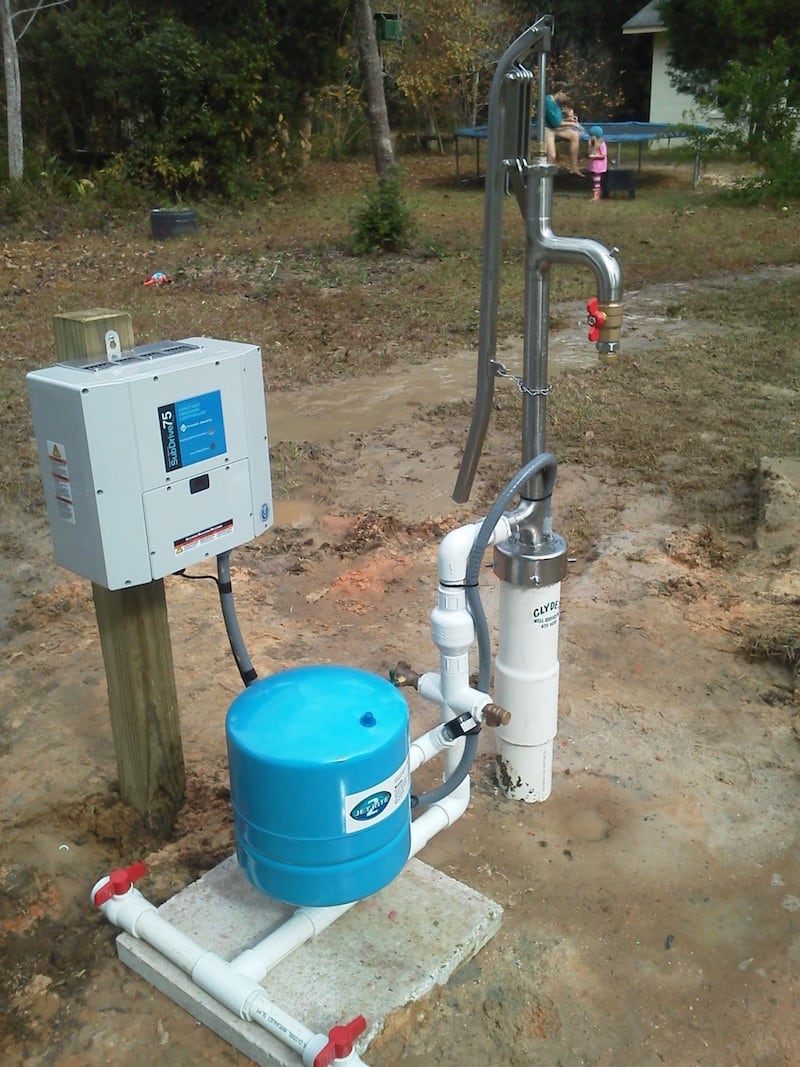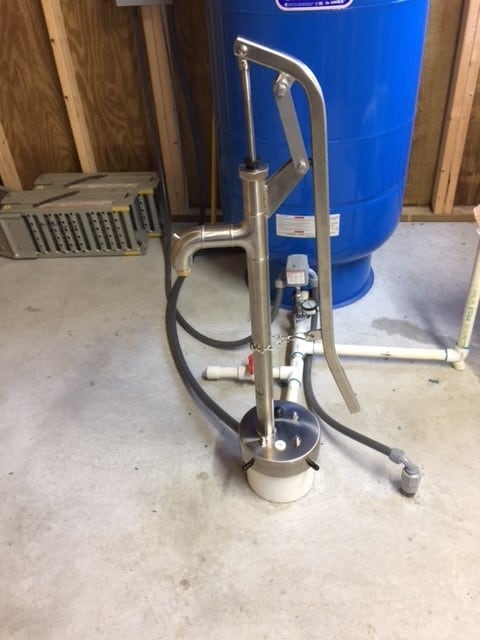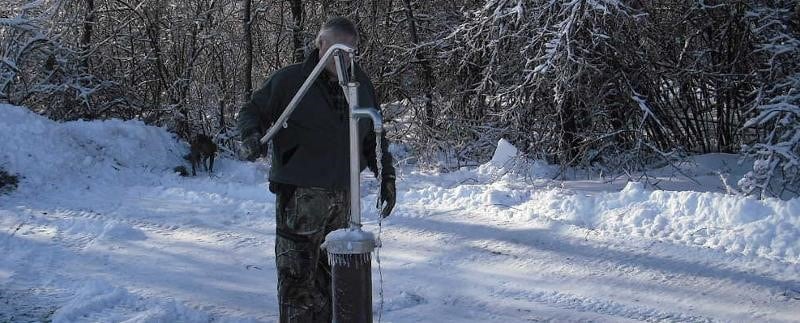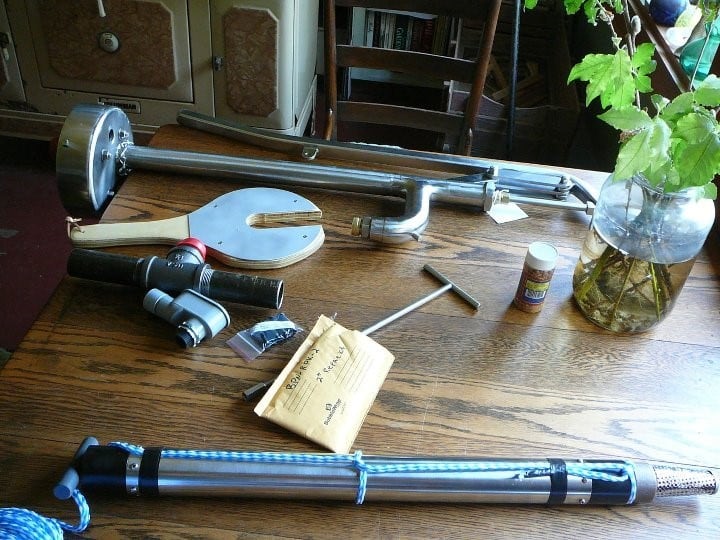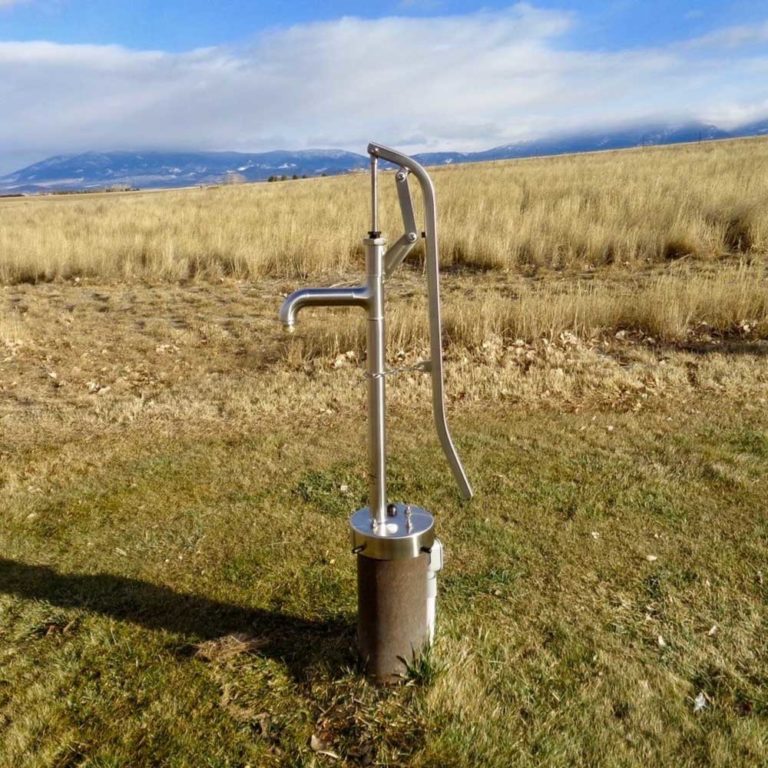
In a world where access to water is becoming increasingly uncertain, the need for water security has never been more critical. A water well, coupled with a Bison Pumps system, offers a powerful solution to achieving water security and self-reliance. In this blog post, we’ll explore the numerous benefits of having a well and how owning a Bison Pumps system can contribute to a sustainable future.
1. Uninterrupted Water Supply: One of the primary advantages of having a well is the constant access to water, even during periods of drought or water supply disruptions. Wells tap into underground aquifers, providing a dependable source of water that can be crucial in times of emergency.
2. Cost Savings: A well can significantly reduce water bills and reliance on municipal water supplies. The initial investment in drilling a well and installing a Bison Pumps system is often outweighed by the long-term savings on utility bills.
3. Water Quality Control: Municipal water treatment systems can sometimes fall short of ensuring water quality. Having your own well gives you greater control over the quality of the water you consume, eliminating concerns about contaminants often found in city water supplies.
4. Environmental Sustainability: Utilizing well water reduces the strain on public water systems, which in turn conserves energy and reduces the need for water treatment processes. By reducing your carbon footprint, you contribute to a more sustainable environment.
5. Self-Reliance: Owning a Bison Pumps system adds an extra layer of self-sufficiency to your water security strategy. Unlike electric pumps that are vulnerable to power outages, Bison Pumps are manually operated, ensuring access to water even when electricity is unavailable.
6. Disaster Preparedness: Natural disasters and emergencies can disrupt water supply networks. With a Bison Pump System installed in your well, you’re better equipped to handle such situations without compromising on access to clean water for drinking, cooking, and sanitation.
7. Agricultural Benefits: If you’re a homeowner with a garden or a small-scale farmer, a Bison Pumps system can also serve as an efficient tool for irrigation, reducing your reliance on external water sources for crop cultivation.
8. Off-Grid Living: For those living off the grid, a well and a Bison Pumps system become indispensable. Bison Pumps offer a reliable access to your water source without needing to connect to centralized utilities, fostering a self-reliant and sustainable lifestyle.
9. Long-Term Investment: Installing a Bison Pumps system is an investment that can pay off for decades. Their durability and minimal maintenance requirements ensure a consistent water supply for years to come.
10. Community Resilience: In remote or rural areas, well-equipped communities can create a resilient water supply network, lessening their dependence on distant water sources and infrastructure.
In conclusion, the combination of a well and Bison Pumps presents a compelling path towards achieving water security, independence, and environmental responsibility. With access to a consistent and safe water source, you gain control over a vital resource that is essential for life itself. Investing in a Bison Pumps system isn’t just about practicality; it’s about safeguarding your future and contributing to a more sustainable and self-reliant world.

